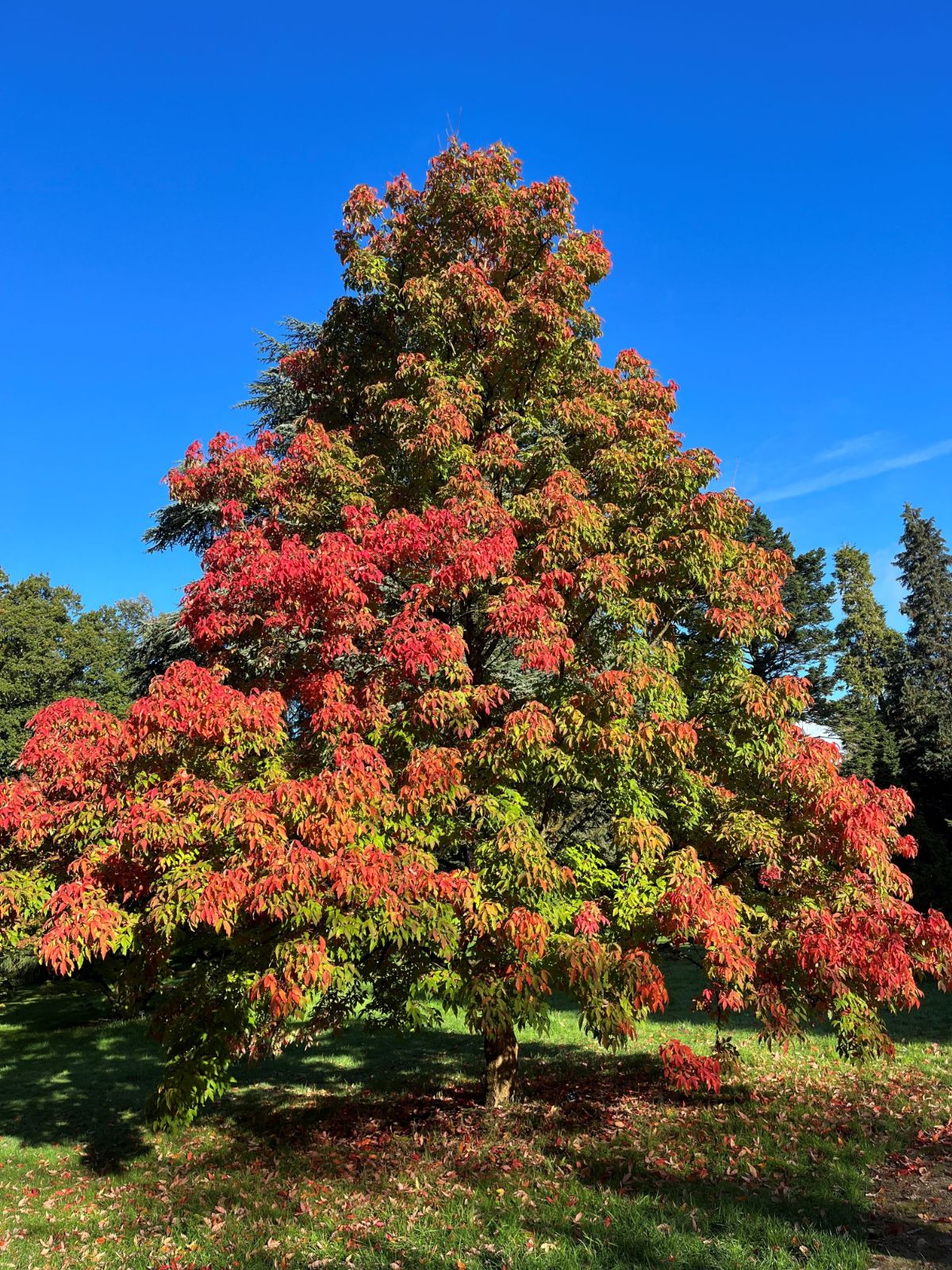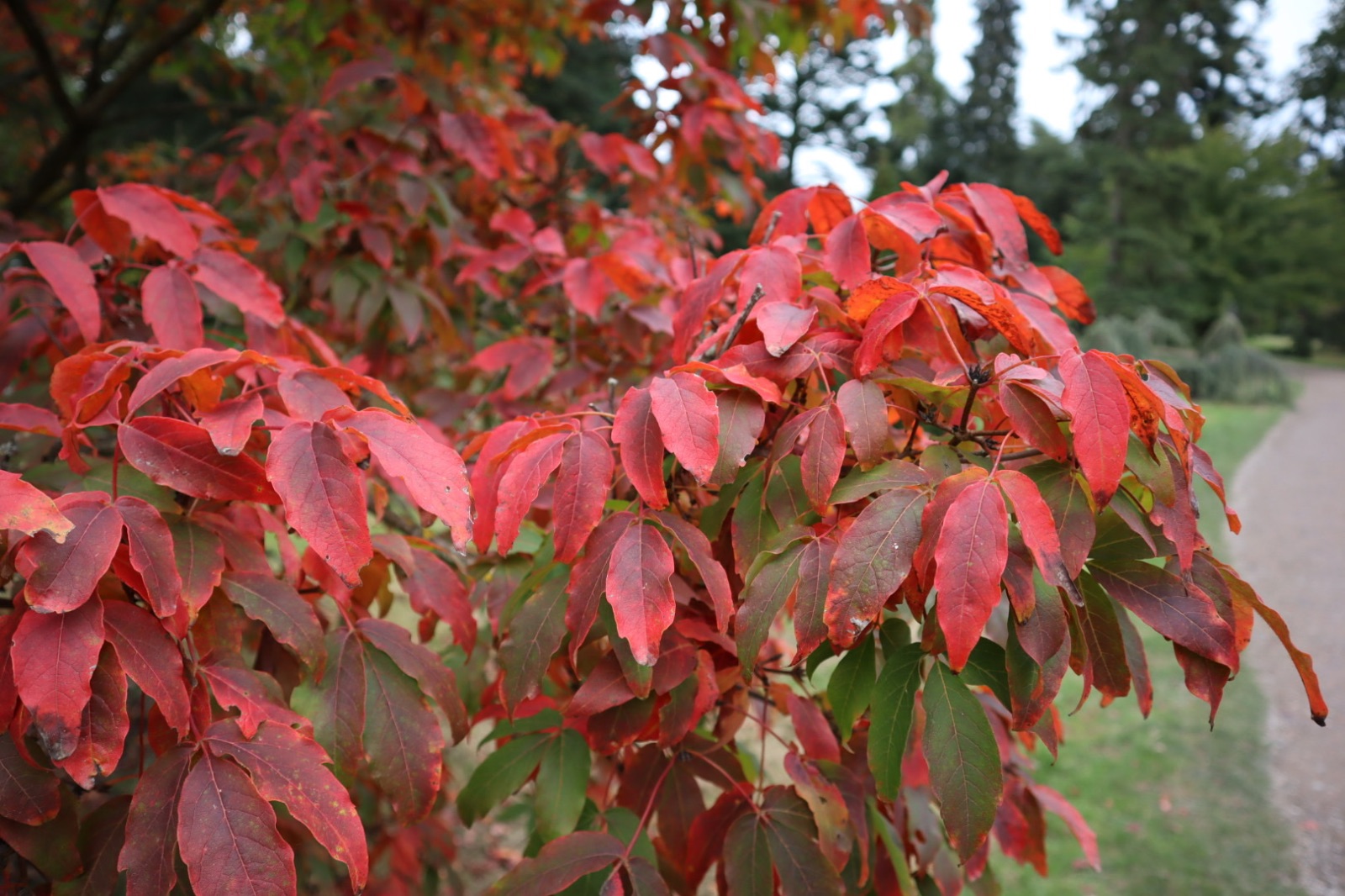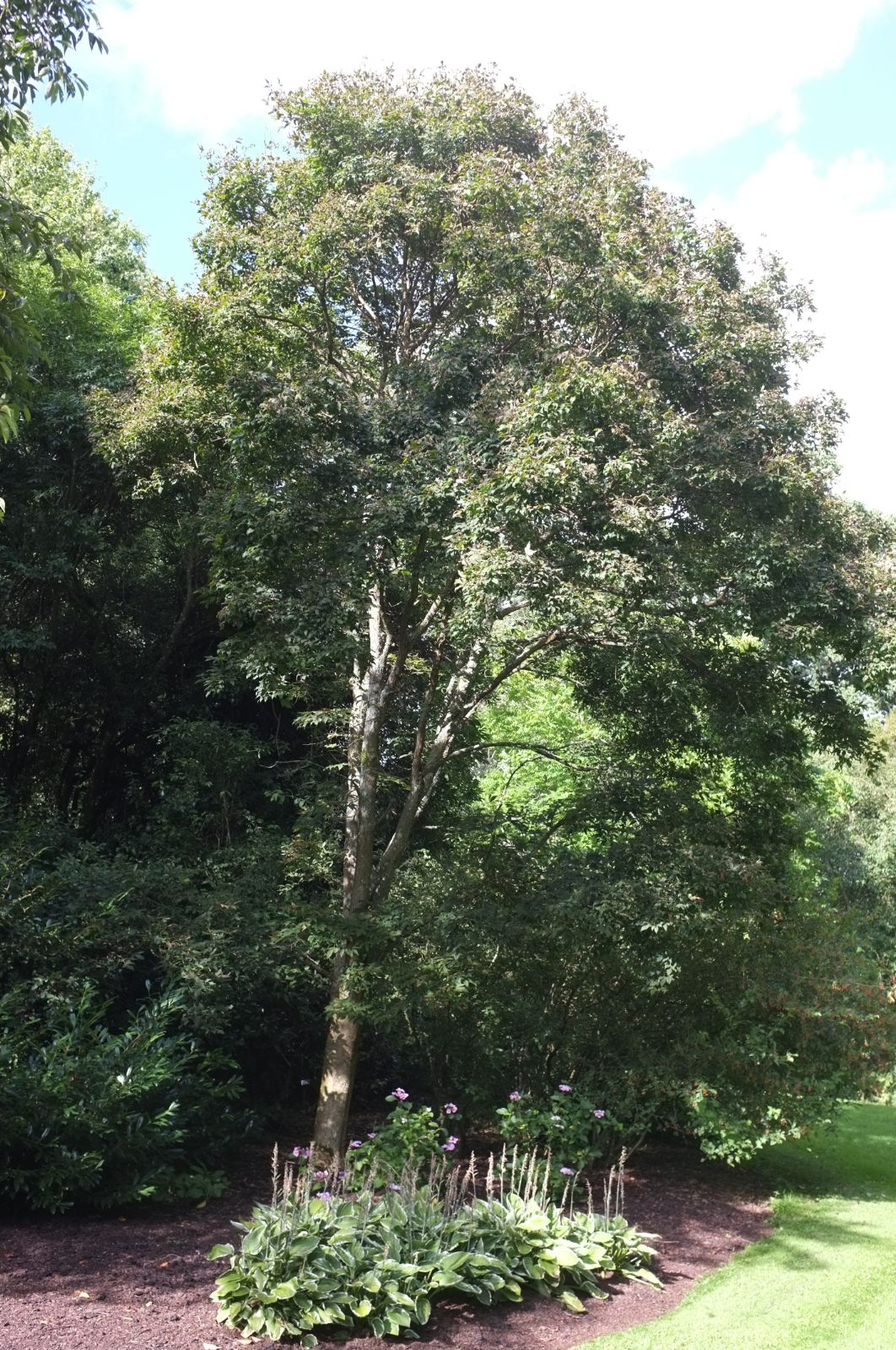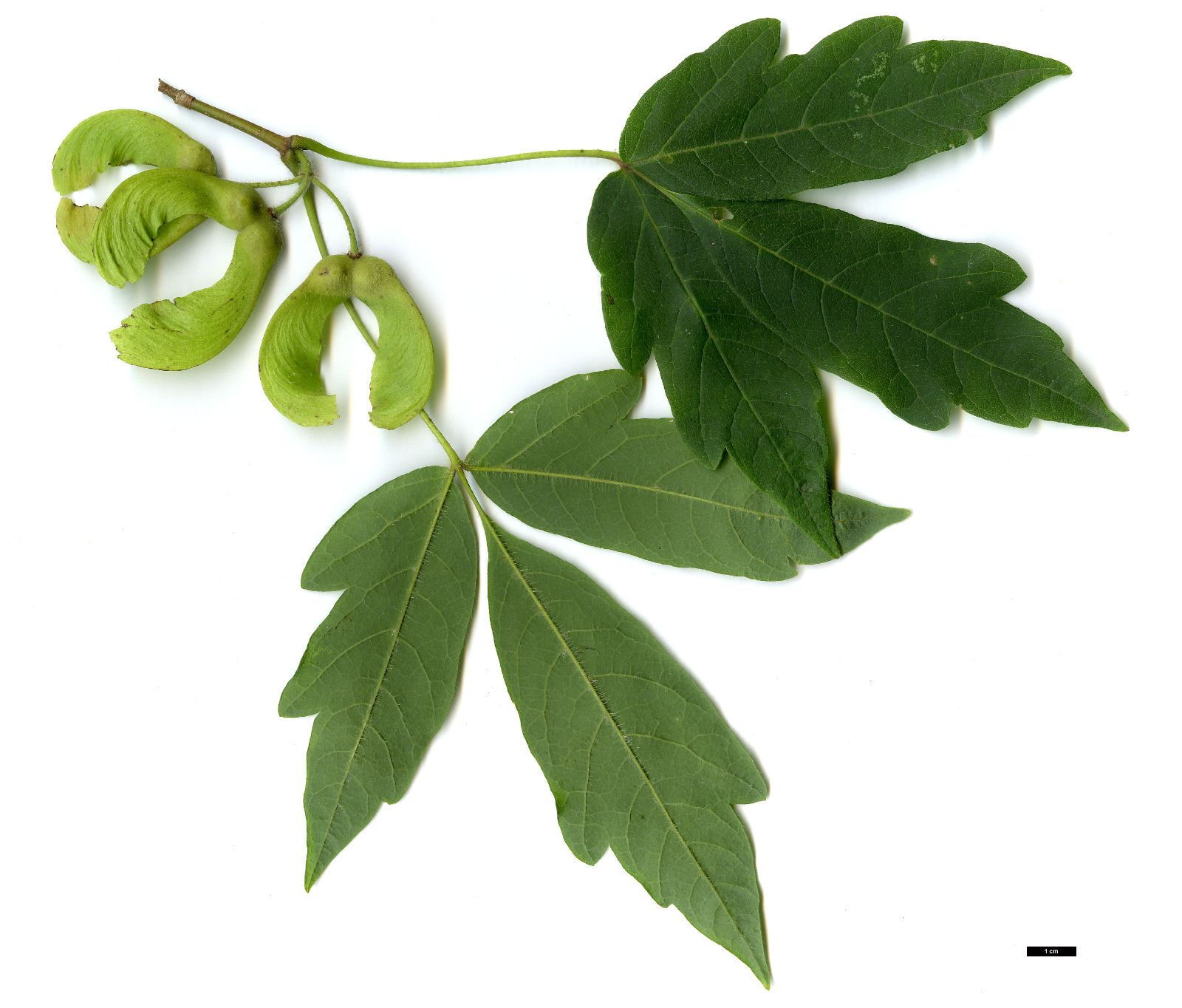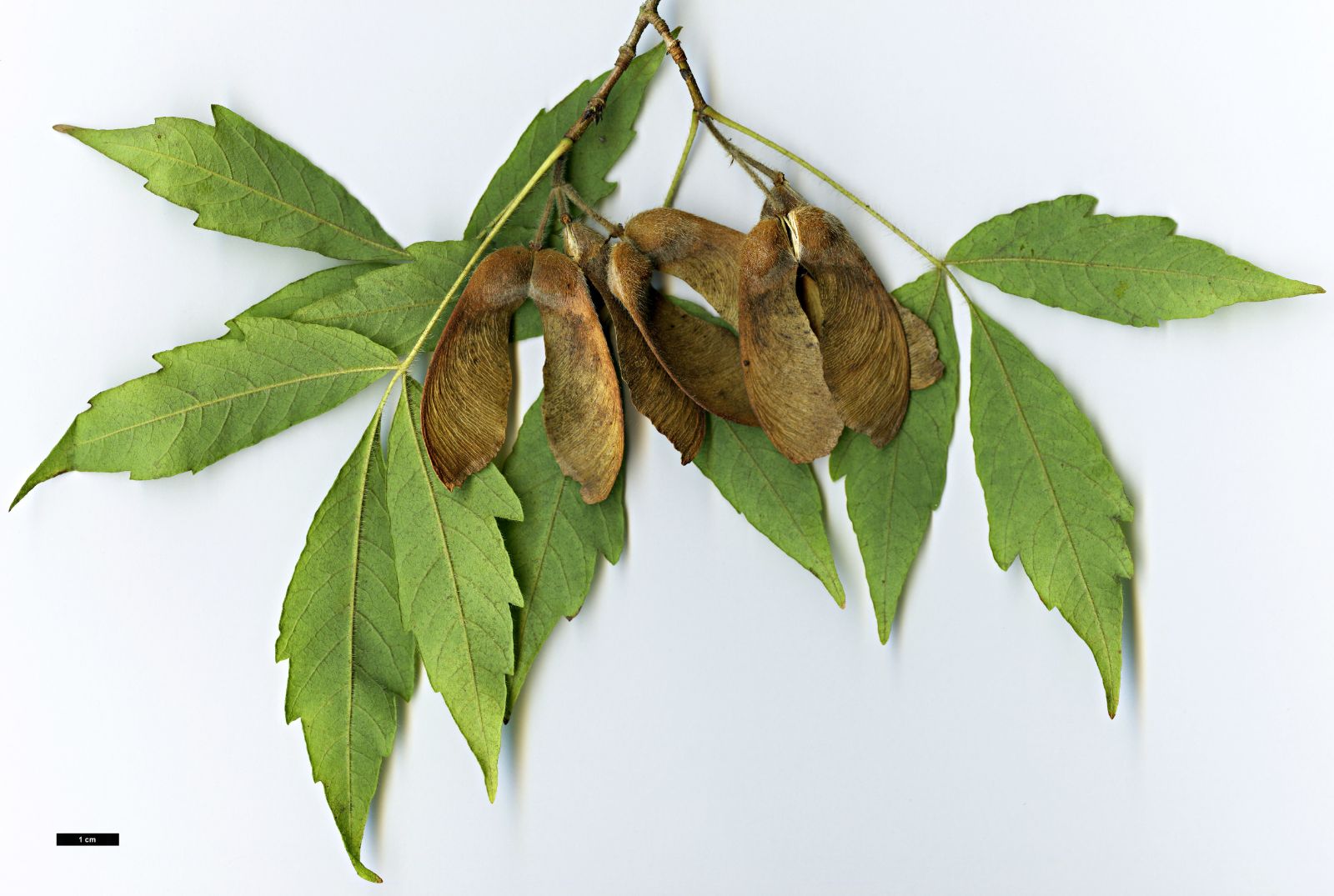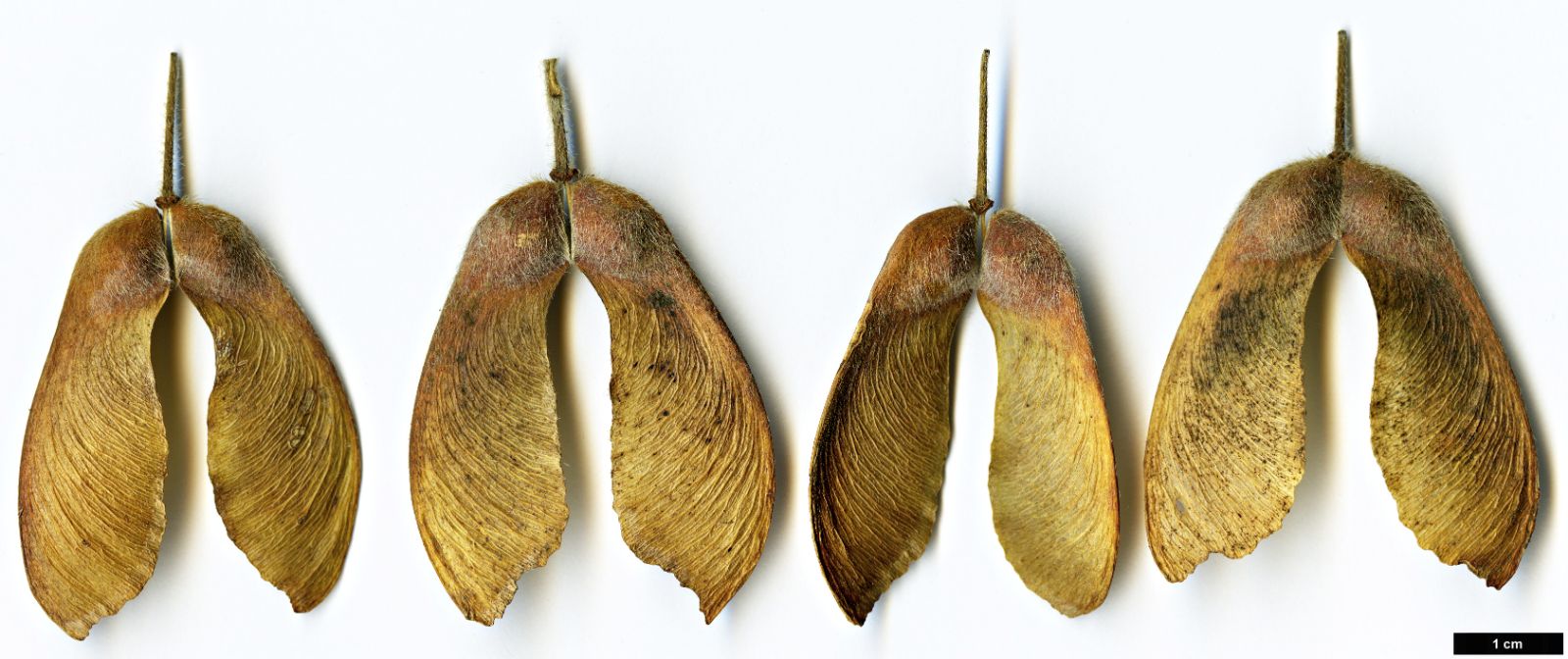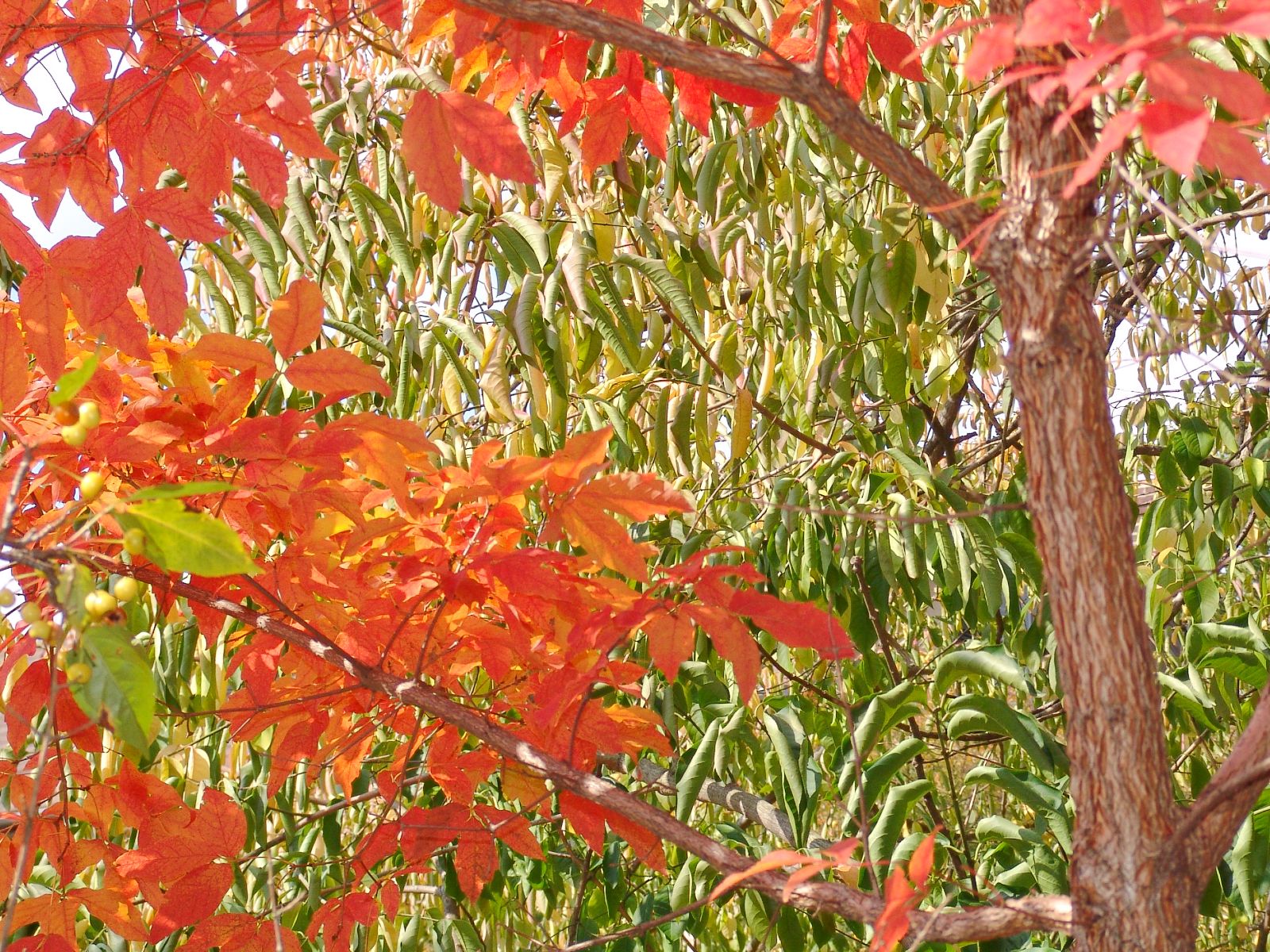Acer triflorum
Sponsor
Kindly sponsored by
a member of the International Dendrology Society
Credits
Article from Bean's Trees and Shrubs Hardy in the British Isles
Recommended citation
'Acer triflorum' from the website Trees and Shrubs Online (treesandshrubsonline.
Genus
Other taxa in genus
- Acer acuminatum
- Acer amplum
- Acer argutum
- Acer barbinerve
- Acer buergerianum
- Acer caesium
- Acer calcaratum
- Acer campbellii
- Acer campestre
- Acer 'Candy Stripe'
- Acer capillipes
- Acer cappadocicum
- Acer carpinifolium
- Acer 'Cascade'
- Acer caudatum
- Acer ceriferum
- Acer chapaense
- Acer chienii
- Acer circinatum
- Acer cissifolium
- Acer × conspicuum
- Acer cordatum
- Acer coriaceifolium
- Acer × coriaceum
- Acer crataegifolium
- Acer davidii
- Acer diabolicum
- Acer distylum
- Acer divergens
- Acer duplicatoserratum
- Acer elegantulum
- Acer erianthum
- Acer 'Esk Flamingo'
- Acer fargesii
- Acer fenzelianum
- Acer flabellatum
- Acer forrestii
- Acer franchetii
- Acer × freemanii
- Acer fulvescens
- Acer 'Gimborn'
- Acer ginnala
- Acer glabrum
- Acer 'Gold Coin'
- Acer granatense
- Acer grandidentatum
- Acer griseum
- Acer heldreichii
- Acer henryi
- Acer × hillieri
- Acer hookeri
- Acer hyrcanum
- Acer japonicum
- Acer kawakamii
- Acer komarovii
- Acer laevigatum
- Acer laurinum
- Acer laxiflorum
- Acer lobelii
- Acer longipes
- Acer macrophyllum
- Acer mandshuricum
- Acer maximowiczianum
- Acer maximowiczii
- Acer metcalfii
- Acer miaotaiense
- Acer micranthum
- Acer 'Mindavi'
- Acer 'Minorient'
- Acer miyabei
- Acer miyabei × campestre
- Acer monspessulanum
- Acer morifolium
- Acer 'Mozart'
- Acer oblongum
- Acer obtusifolium
- Acer okamotoanum
- Acer oliverianum
- Acer opalus
- Acer orientale
- Acer palmatum
- Acer papilio
- Acer pauciflorum
- Acer pectinatum
- Acer pensylvanicum
- Acer pentaphyllum
- Acer pentapotamicum
- Acer pictum
- Acer pilosum
- Acer pinnatinervium
- Acer platanoides
- Acer platanoides × amplum
- Acer platanoides × truncatum
- Acer × pseudoheldreichii
- Acer pseudoplatanus
- Acer pseudosieboldianum
- Acer pubinerve
- Acer pycnanthum
- Acer rubescens
- Acer rubrum
- Acer rufinerve
- Acer saccharinum
- Acer saccharum
- Acer sempervirens
- Acer 'Serpentine'
- Acer serrulatum
- Acer shenkanense
- Acer sieboldianum
- Acer sikkimense
- Acer 'Silver Cardinal'
- Acer 'Silver Ghost'
- Acer sinense
- Acer sinopurpurascens
- Acer spicatum
- Acer stachyophyllum
- Acer taronense
- Acer tataricum
- Acer tegmentosum
- Acer tenellum
- Acer tetramerum
- Acer tibetense
- Acer tonkinense
- Acer truncatum
- Acer tschonoskii
- Acer turkestanicum
- Acer tutcheri
- Acer ukurunduense
- Acer velutinum
- Acer wardii
- Acer 'White Tigress'
- Acer wilsonii
- Acer × zoeschense
A deciduous tree 20 to 45 ft high in a wild state; young shoots slender, freely covered with minute warts, soon without down. Leaves trifoliolate; leaflets ovate to oval or oblong-lanceolate, entire or with a few very large teeth, tapered towards both ends, the side ones scarcely stalked; 11⁄2 to 31⁄2 in. long, 1⁄2 to 11⁄4 in. wide; upper surface, midrib and main veins beneath, as well as the leaf-stalk (which is 1 to 21⁄2 in. long), all more or less covered with pale hairs, especially when young. Flowers in clusters of threes terminating short, usually two-leaved shoots. Wings of the fruit 1 to 11⁄4 in. long, 3⁄8 to 5⁄8 in. wide, spreading at an angle of about 120°; nutlets thick, 1⁄4 to 3⁄8 in. long, covered with pale hairs; fruit-stalk hairy, about 5⁄8 in. long.
Native of Manchuria and Korea; introduced in 1923. It is nearly related to A. nikoense, especially in its hairy nutlets, but that species has much larger leaflets and the wings of the fruit diverge at a much smaller angle. It is rare in cultivation and grows slowly, needing, perhaps, greater summer heat than our climate can offer. There is a good example in the Chandlers Ford nursery which, Mr Hillier tells us, ‘gives consistently excellent autumn colour, being one of the best trees for this purpose in the nursery’; another, growing on chalk at Winchester, collapsed and died in the summer of 1966. There are two small trees in the Mitchell Drive at Westonbirt whose leaves die off brilliant crimson and another by Down Gate 35 ft high. The young shoots recall A. griseum but the mature bark is ash-brown, loose, and vertically fissured.

